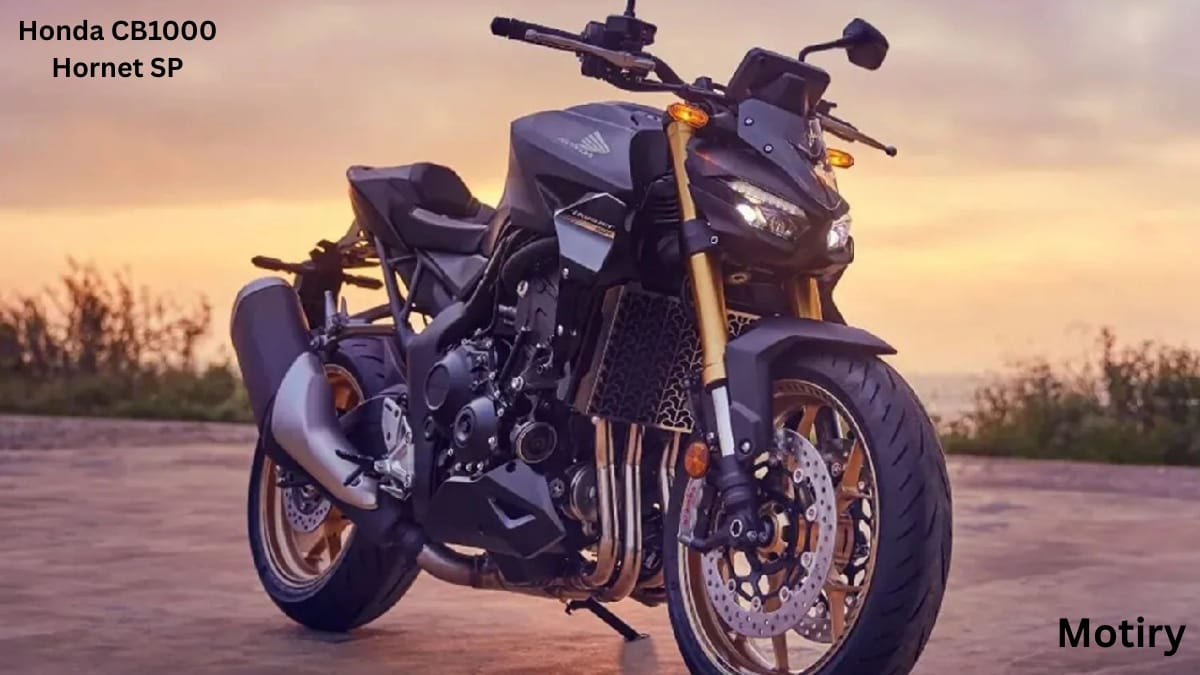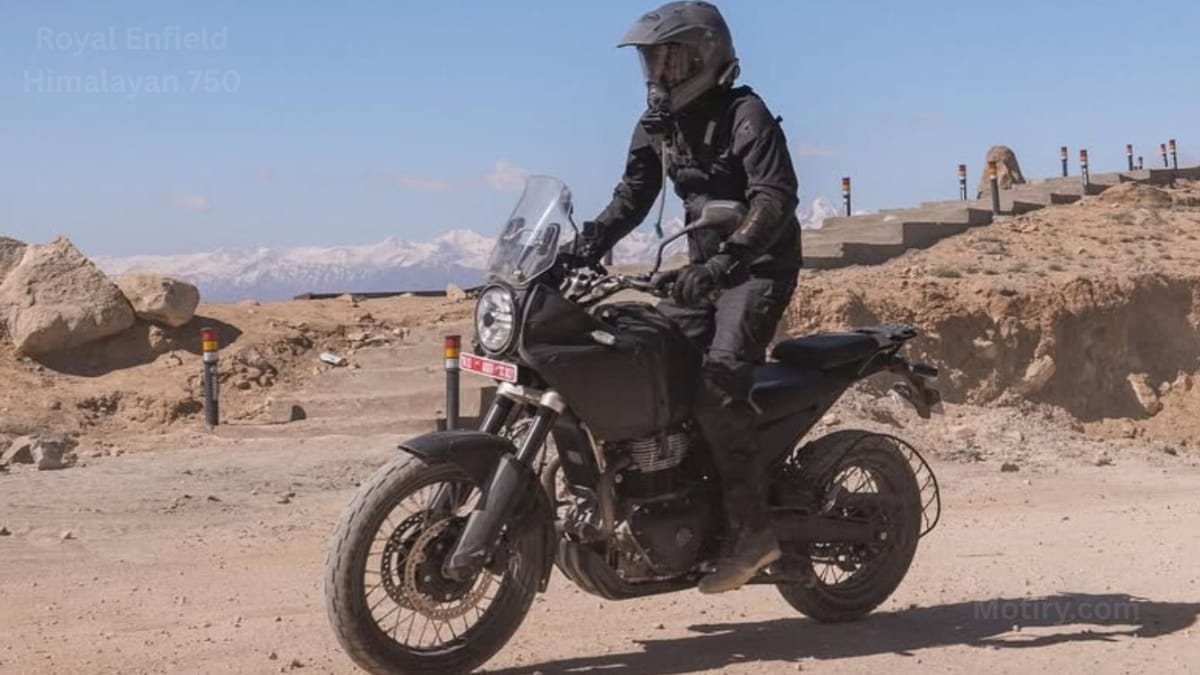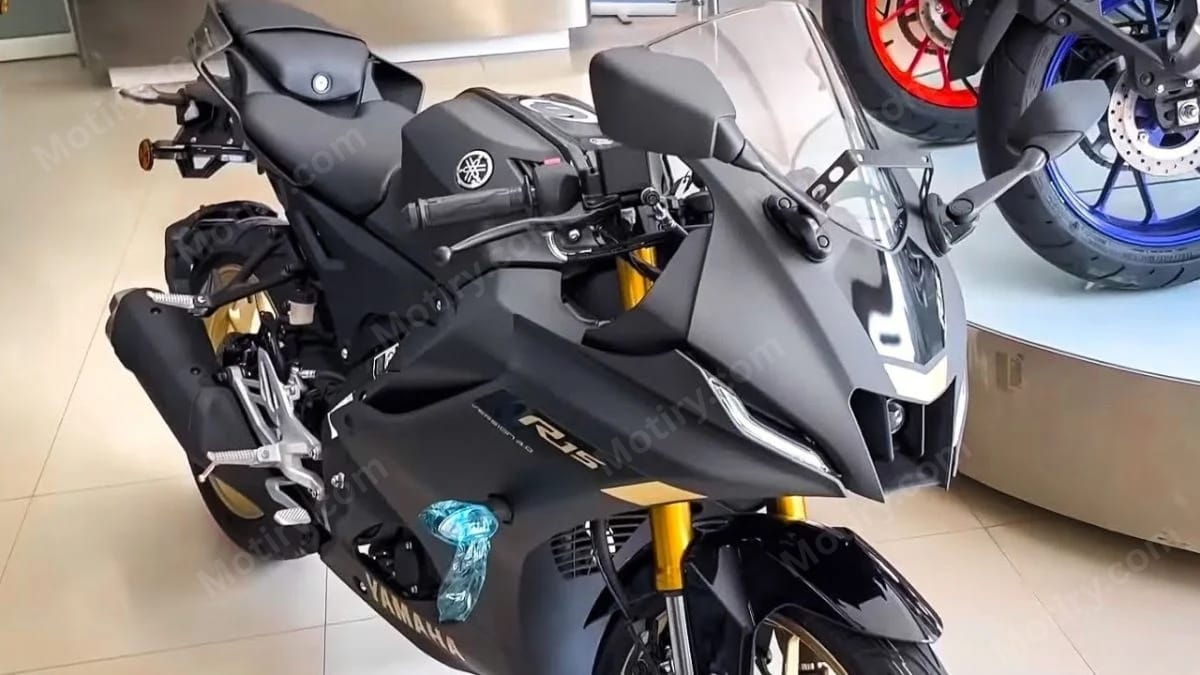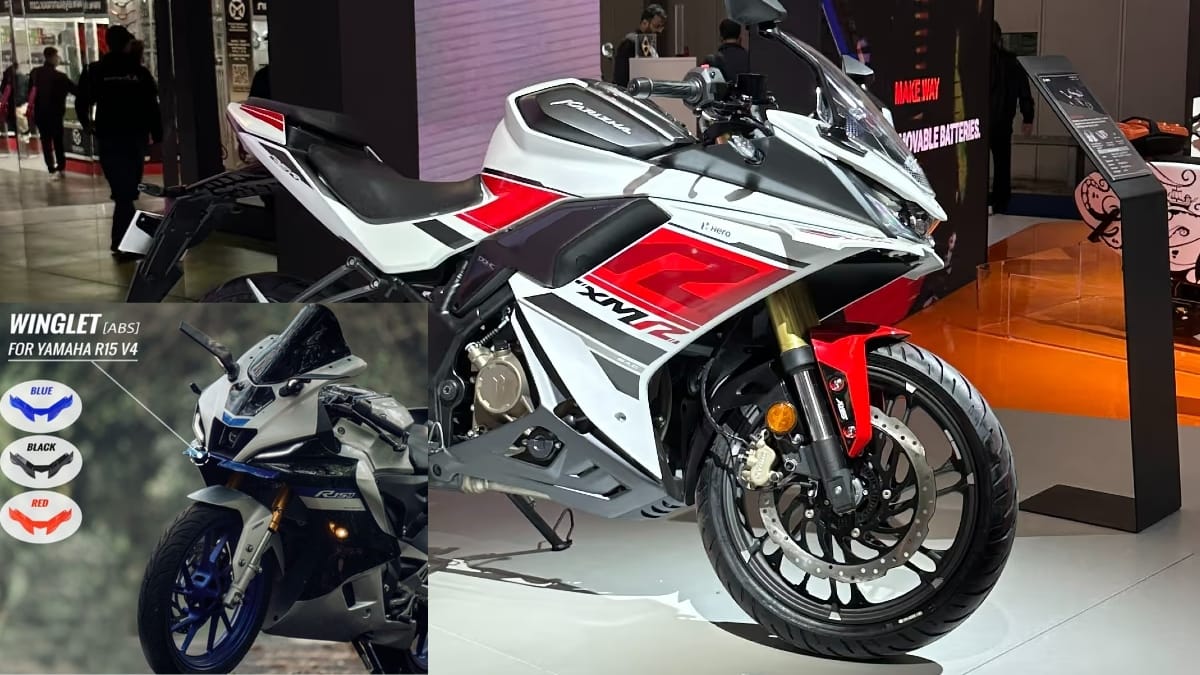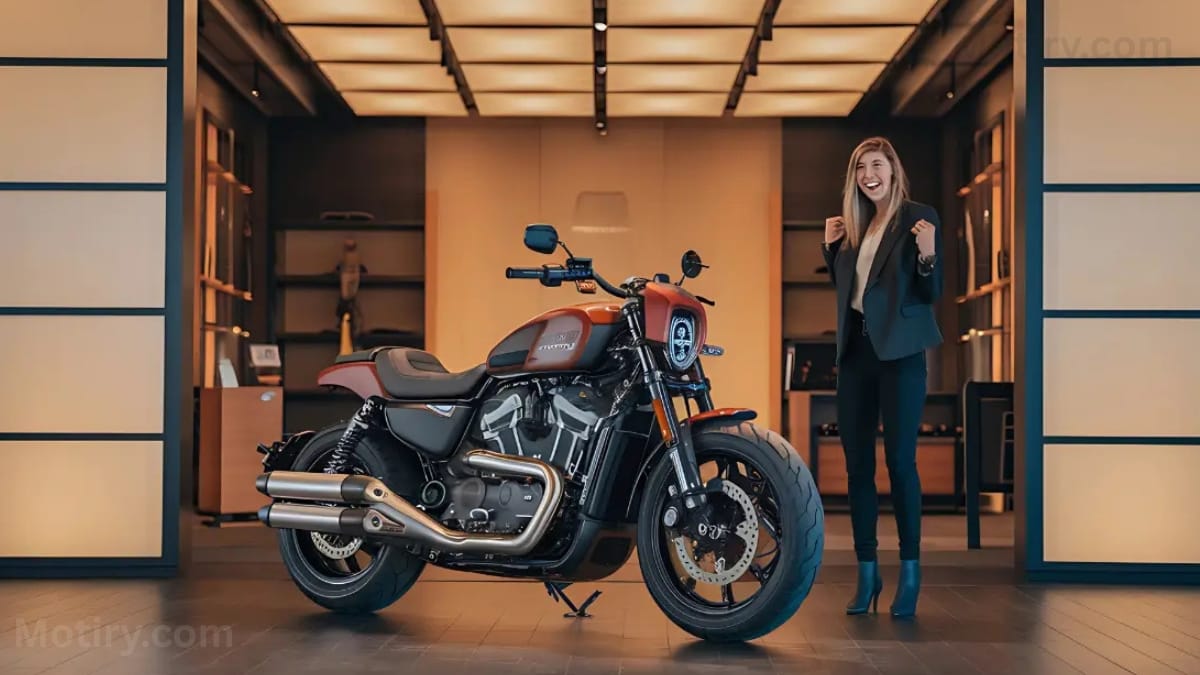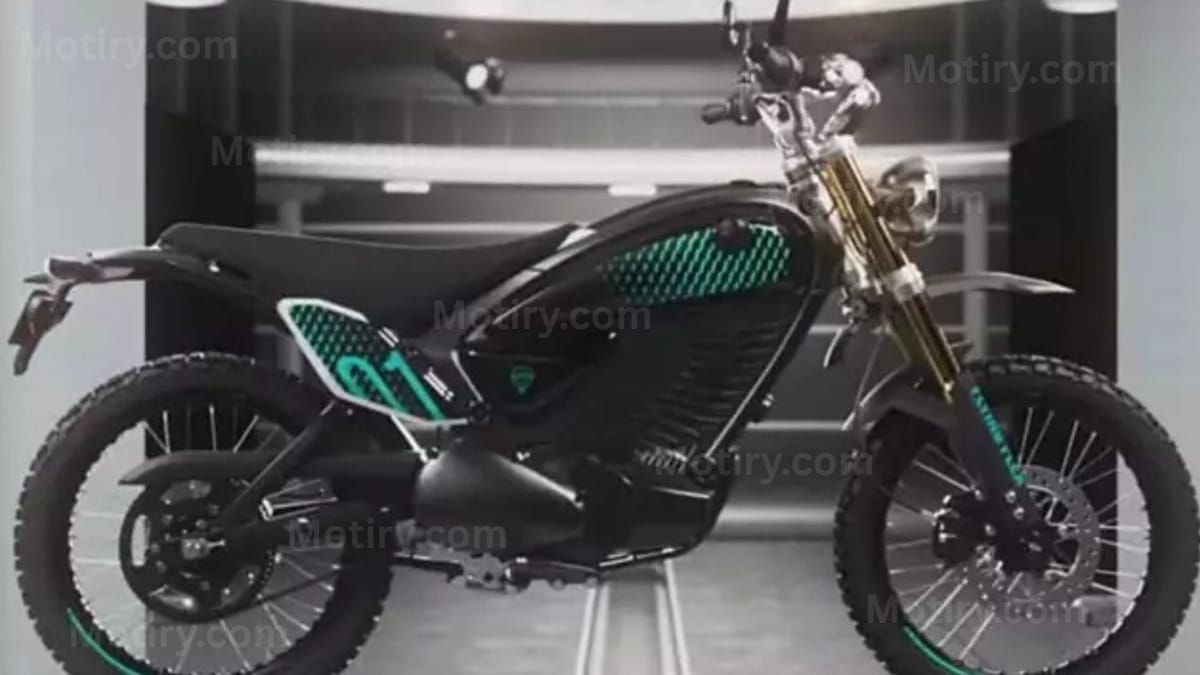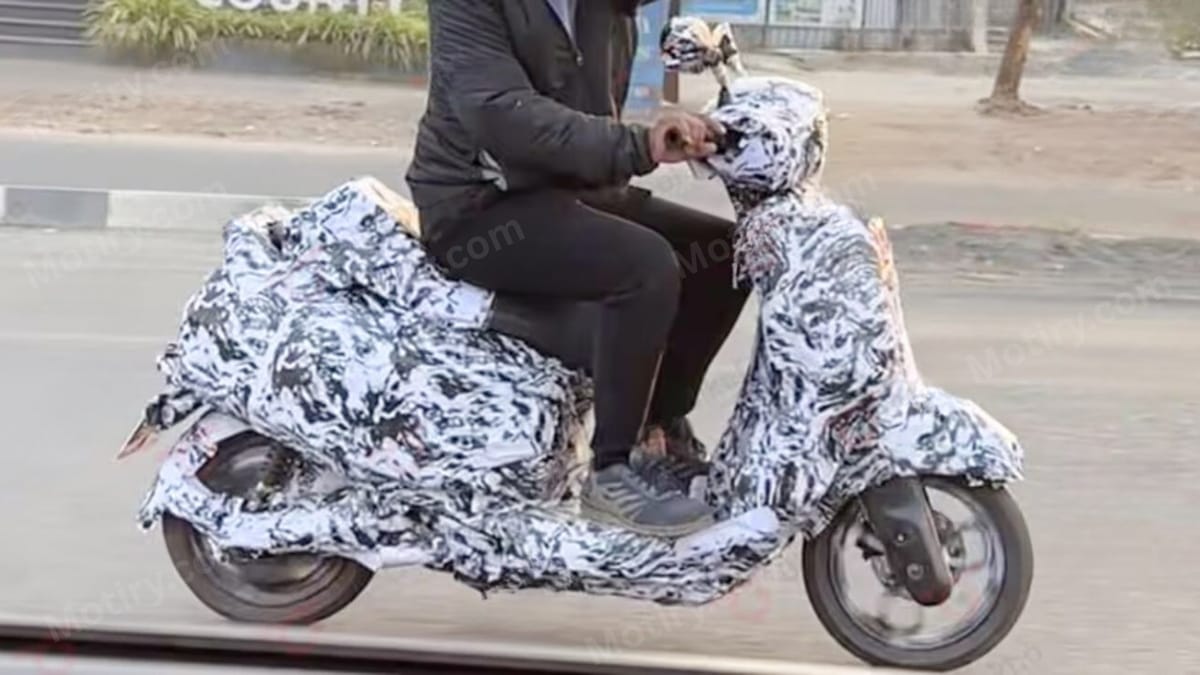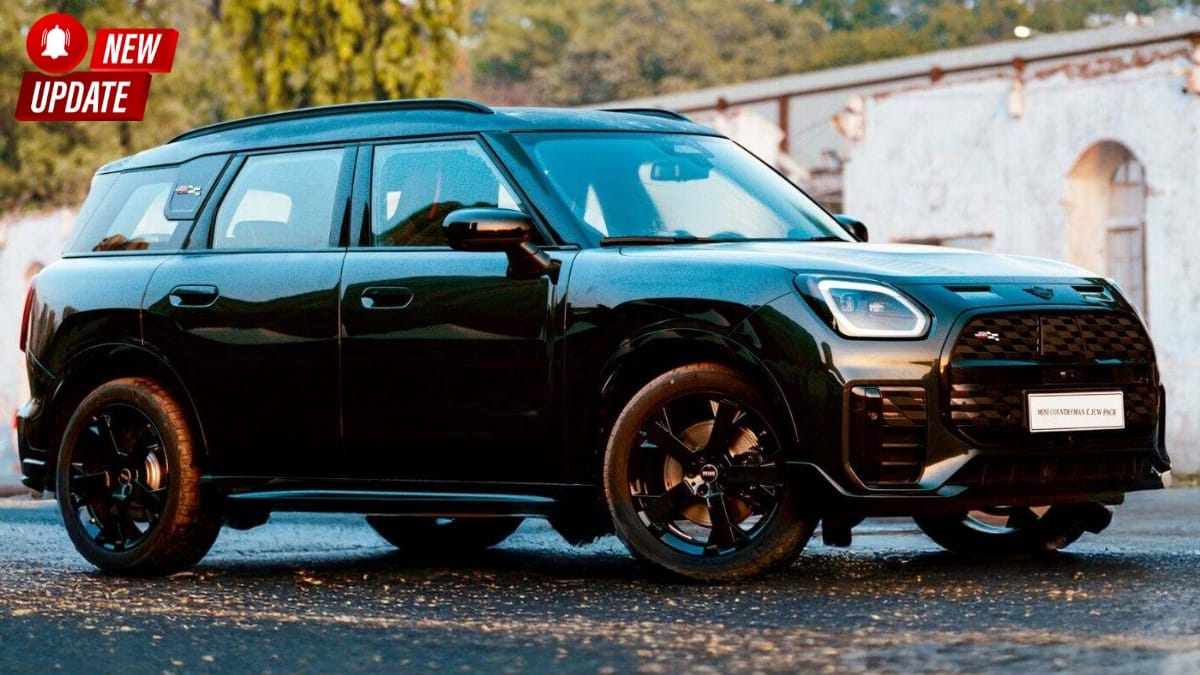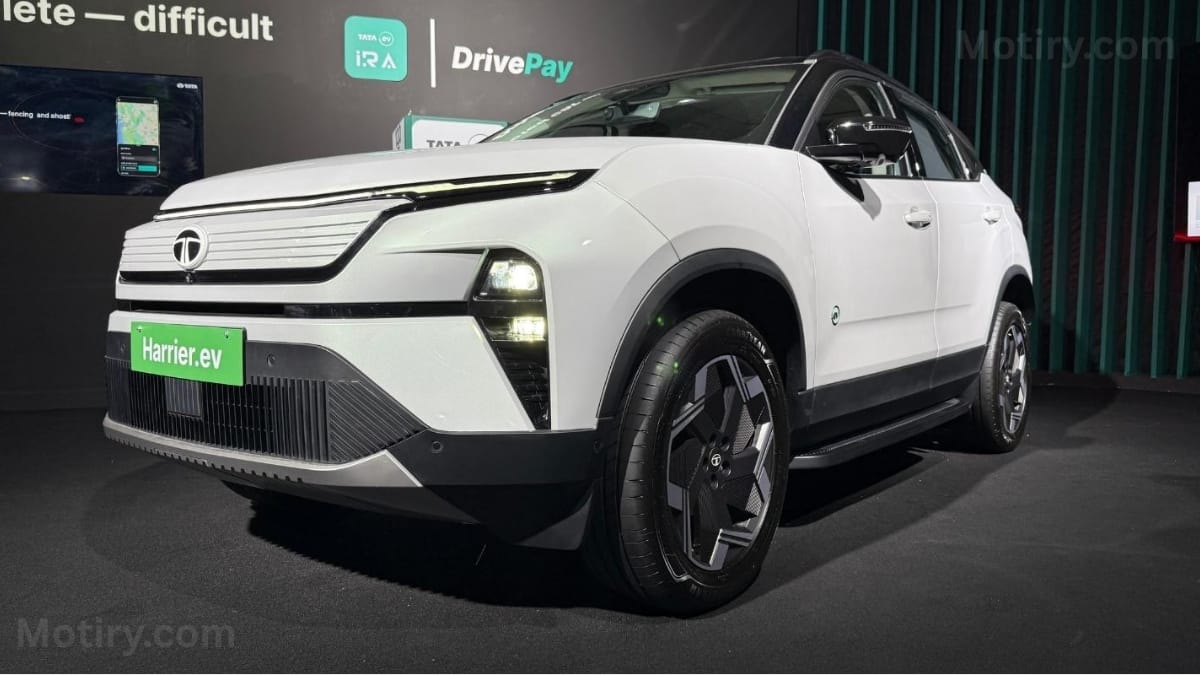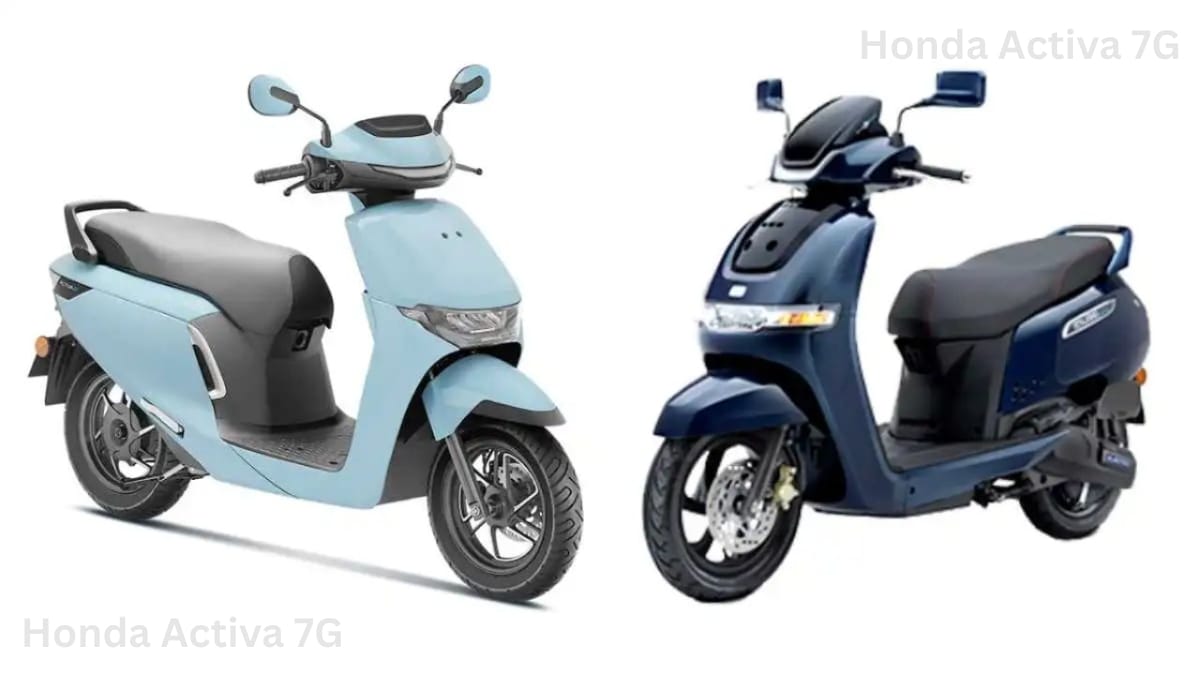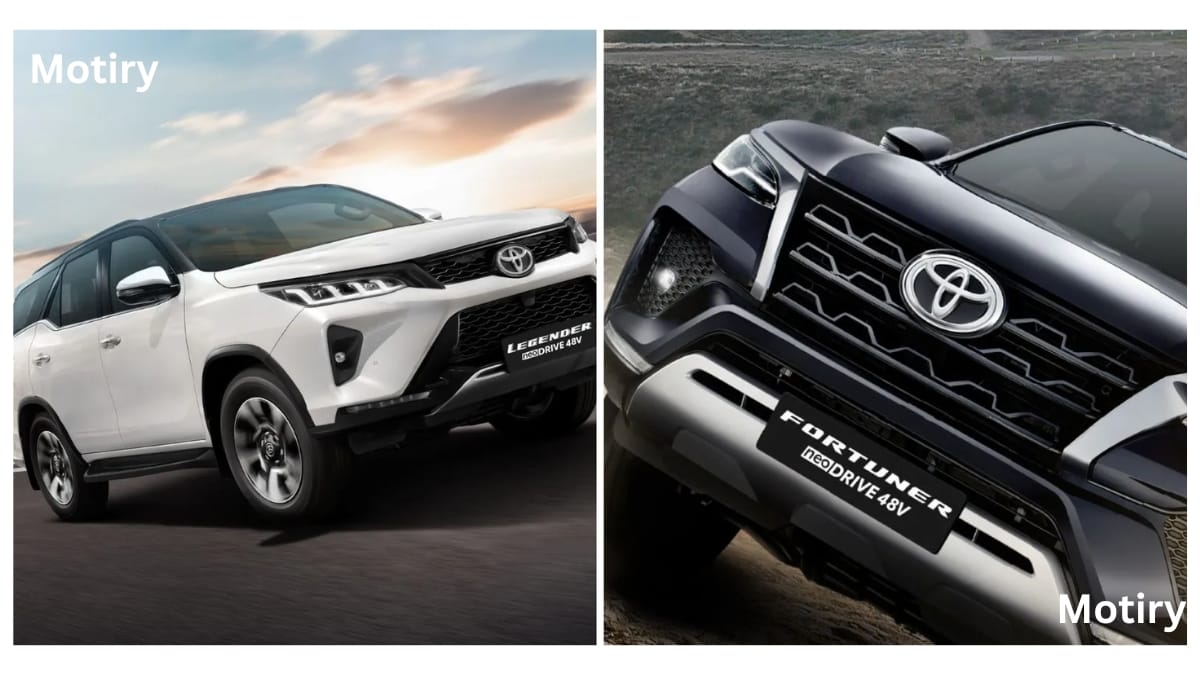For someone like me who has been immersed in the automobile world for the last four years, news about high-performance motorcycles always sparks curiosity. And when that news involves Honda—one of the most trusted and versatile names in the industry—it naturally draws my attention. The arrival of the Honda CB1000 Hornet SP in India marks a bold step by the brand to reignite its presence in the premium motorcycle segment.
This new offering is a naked litre-class motorcycle that aims to cater to thrill-seekers and experienced riders looking for a perfect blend of power, technology, and aggressive styling. As I dived into the details and dug into everything this bike has to offer, it became clear that Honda is targeting enthusiasts who want performance without compromising on comfort or sophistication.
Contents
A Powerful Engine That Speaks Volumes
What makes the Honda CB1000 Hornet SP stand out is its heart—the engine. It comes equipped with a 999cc inline four-cylinder unit that is both responsive and refined. This engine is capable of delivering a massive 155 bhp at 11,000 rpm along with a peak torque of 107 Nm at 9,000 rpm. What I find impressive is how Honda has managed to maintain smooth power delivery despite the high output figures. It doesn’t feel intimidating for experienced riders; instead, it offers that exhilarating ride experience one expects from a naked litre-class bike.
Coupled with a 6-speed gearbox, the engine feels sharp and tuned for both city commutes and highway rides. The ride-by-wire throttle ensures precise control, while the overall engine tuning leans towards a performance-oriented character without losing Honda’s trademark refinement.
Suspension and Braking – Confident Riding Across Terrains
A high-performance motorcycle like this would be incomplete without a strong suspension and braking setup, and Honda has paid close attention to that. At the front, it features Showa SFF-BP (Separate Function Fork – Big Piston) forks, while the rear is managed by an Öhlins TTX36 monoshock. This premium suspension combination ensures not just comfort, but also cornering stability and rider feedback—two factors I always look for in any performance bike.
The braking setup includes dual disc brakes at the front and a single disc brake at the rear, supported by ABS. From what I’ve observed through early test reviews and footage, the braking is sharp, consistent, and inspires confidence, especially when pushing the bike through winding roads or tackling emergency stops.
| Component | Specification |
|---|---|
| Engine | 999cc, Inline 4-cylinder, Liquid-cooled |
| Max Power | 155 bhp @ 11,000 rpm |
| Max Torque | 107 Nm @ 9,000 rpm |
| Transmission | 6-speed manual with assist and slipper clutch |
| Front Suspension | Showa SFF-BP USD Forks |
| Rear Suspension | Öhlins TTX36 Monoshock |
| Front Brakes | Dual Discs with ABS |
| Rear Brake | Single Disc with ABS |
This configuration shows that Honda isn’t just throwing power for the sake of it—they’re matching it with hardware that complements aggressive yet safe riding.
Also Read: – Kawasaki Ninja 400 (2025): Fresh Colours, Timeless Performance
Styling That Makes a Statement
As someone who genuinely appreciates motorcycle design, I have to say that the Honda CB1000 Hornet SP doesn’t disappoint when it comes to aesthetics. It’s got that raw streetfighter look that turns heads instantly. The LED projector headlamp up front gives it a bold identity, while the sculpted fuel tank adds a muscular appeal to the bike’s profile. The high tail section, short rear overhang, and exposed frame sections all contribute to a lean yet aggressive posture.
From a visual standpoint, the bike successfully balances aggression with elegance. It isn’t overloaded with cladding or unnecessary drama—instead, it presents a clean, refined silhouette that still manages to scream power.
Tech-Savvy and Rider-Friendly Features
In today’s age, even premium motorcycles are expected to offer tech features that make riding safer and more enjoyable. And Honda delivers quite well in this department. The CB1000 Hornet SP is equipped with a 5-inch full-colour TFT display. It provides real-time information like speed, gear position, fuel economy, and riding mode in a user-friendly format. I really like that Honda opted for a screen that’s not only functional but also stylish.
The bike comes with five riding modes—Rain, Standard, Sport, and two customizable User modes. These allow riders to tweak things like power delivery, engine braking, and traction control to match their preferences or road conditions. For someone like me, who enjoys testing out different ride setups and understanding how a bike reacts, this is a fantastic feature.
Bluetooth connectivity adds to rider convenience by enabling call and media alerts directly on the display. It’s little additions like this that show how much thought Honda has put into blending performance with practicality.
| Feature | Description |
|---|---|
| Display | 5-inch Full-Colour TFT |
| Ride Modes | Rain, Standard, Sport, User 1, User 2 |
| Traction Control | Adjustable via riding modes |
| Engine Braking | Configurable in User modes |
| Bluetooth Connectivity | Yes, for calls and media |
| Lighting System | All-LED (Headlamp, Tail Lamp, Indicators) |
This feature set shows that the CB1000 Hornet SP is not just about brute force—it’s intelligent, too.
Read More: – Yamaha Rajdoot 350 Returns in 2025: Retro Charm Meets Modern Muscle
Market Positioning and Competition
In India, the Honda CB1000 Hornet SP enters a competitive space populated by some seriously capable rivals. With an ex-showroom price of ₹12.35 lakh, it stands as a premium offering, but one that justifies its cost through its powerful engine, premium suspension, and high-end electronics.
When I compare it to bikes like the Kawasaki Z900 and the Triumph Street Triple R and RS, the CB1000 Hornet SP positions itself as a bridge between raw performance and modern sophistication. Here’s a comparison table that helps place things into context:
| Model | Engine (cc) | Power (bhp) | Torque (Nm) | Key Feature Focus | Price (Ex-Showroom) |
|---|---|---|---|---|---|
| Honda CB1000 Hornet SP | 999 | 155 | 107 | Premium suspension, riding modes, tech | ₹12.35 lakh |
| Kawasaki Z900 | 948 | 123 | 98.6 | Aggressive styling, strong mid-range | ₹9.29 lakh |
| Triumph Street Triple R | 765 | 118 | 80 | Sharp handling, electronics suite | ₹10.17 lakh |
| Triumph Street Triple RS | 765 | 130 | 80 | Track-ready setup, top-spec components | ₹11.81 lakh |
While the Z900 is a fan favourite for its aggressive pricing and strong mid-range punch, it doesn’t offer the same level of electronics or suspension refinement as the Honda. The Triumphs, especially the RS, come close in terms of tech, but run smaller engines. So for those looking for a true litre-class experience with cutting-edge equipment, the Hornet SP certainly carves out a niche of its own.
Final Thoughts – Is the Honda CB1000 Hornet SP Worth the Buzz?
After diving into every detail of the Honda CB1000 Hornet SP, I truly believe Honda has made a strong comeback in the litre-class naked segment. It’s powerful, but not overwhelming. It’s tech-loaded, but still rider-friendly. And above all, it carries the Honda DNA of reliability and refinement—something that resonates with many of us in India who appreciate a machine that can thrill and endure at the same time.
This isn’t a bike for everyone—it’s for those who’ve already spent time on smaller capacity bikes and are now ready for the next level. And while it’s currently available only in the SP variant, I really hope Honda decides to bring in a more accessible standard version soon, just to make this exciting machine available to more riders.
